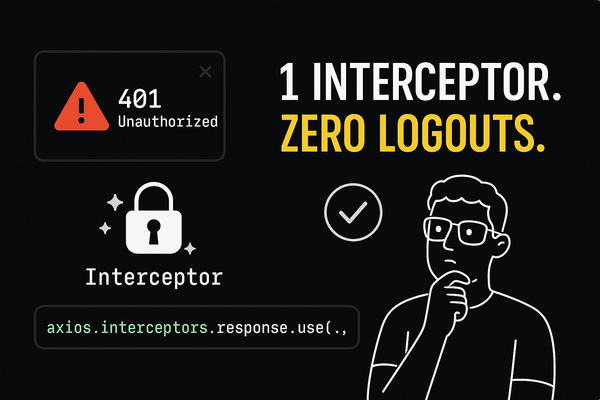Sounding Confident in English as a Non-Native Speaker: My Honest Fix
I thought I sounded confident in meetings—until I heard the recording. Flat tone, too many “umm”s. I didn’t need grammar tips, I needed real feedback. So I built PitchMirror to fix how I speak. It changed everything.

I Thought I Sounded Confident in Meetings — Until I Listened Back
The awkward journey of fixing my own voice
You ever listen to your own voice in a meeting recording and immediately want to delete yourself from existence?
Yeah.
There was a time I genuinely believed I spoke pretty well in meetings. I knew my product, I wasn’t fumbling, I got the job done. I’d drop updates, discuss features, crack a tired dev joke, and exit the Zoom with a mental high-five.
Then one day, I listened to the recording.
My entire illusion of confidence shattered in 1.5x playback.
I sounded… uncertain. Mumbly. Like I was trying not to wake up a sleeping roommate.
It wasn’t the what I said. It was the how.
Meanwhile, the sales guy who joined the call? He sounded like a TED Talk in a three-piece suit.
I couldn’t stop thinking — why does his voice command attention, and mine sounds like it’s waiting for validation?
The weird part? I know English. I use it all day.
This wasn’t a grammar thing.
I wasn’t pausing to think of words — I was pausing because I doubted myself mid-sentence.
I realized:
Knowing English ≠ sounding confident in English.
And there’s no tool for that.
Everything out there is like:
“Learn English in 30 days!”
“Master the Present Perfect Continuous!”
Bro I’m not here to ace a CBSE exam. I just want to stop sounding like a nervous intern every time I say “let me share my screen.”
So I tried fixing it…
First, I recorded myself speaking and tried to self-review.
But that turned into a spiral of cringing and overthinking.
Then I looked into AI tools that analyze voice — but most were built for podcasts, or ESL learners, or cost more than my monthly food budget.
I wanted something simple:
Tell me what I’m doing wrong in my delivery — pace, filler words, tone — and how to fix it.
So… in the most indie-dev way possible, I built one.
Just for me.
I called it PitchMirror — but that name came
much later.
At first, it was just a weekend hack where I could paste a meeting link, and it’d give me rough feedback on my tone and delivery.
No frills. No design. Just raw feedback from AI on how I sounded.
And slowly, I started noticing things:
- How often I said “basically” when I got nervous
- How fast I spoke when I was trying to wrap up
- How flat my tone was during the parts where I thought I was enthusiastic
It wasn’t dramatic. It was subtle. But it worked.
Every time I saw a “Confidence: 62%” score, I didn’t take it personally — I took it as a challenge. Like debugging my voice.
So yeah… that’s how PitchMirror happened.
It wasn’t a product idea.
It was a personal pain. A quiet insecurity.
And me being too stubborn to live with it.
Now it is a tool — and people are using it — but it started with me just trying to figure out why I didn’t sound like the version of me that I felt inside.
And if you’ve ever felt that mismatch — where you know your stuff but your voice betrays your confidence —
you’re not alone.
It’s fixable.
And sometimes, you don’t need a coach. You just need a mirror.
👉 pitchmirror.souravlayek.com (if you’re curious where that story ended up)




